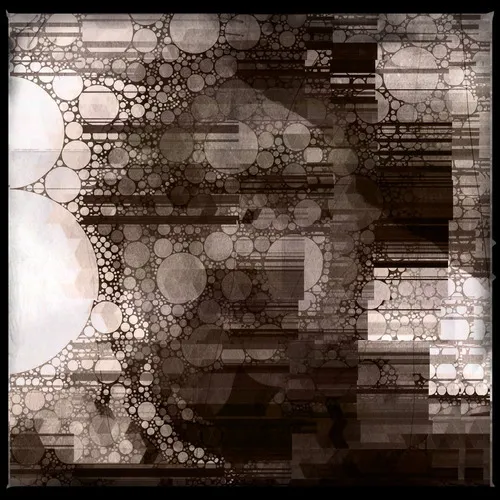Seems like the 12 Days of Christmas coin wishlist idea is growing, with more and more posts join in all over Hive. It's a fun idea... so I'll join in too!
I have various things I want to post about on my account so I don't think I'll join this everyday, but I'll make a few posts here and there with some of my wishlist items!
There are a number of very nice Japan made gold coins that I'd love to get. But in the interest of keeping this wishlist at least somewhat realistic (given that I don't know anyone willing to gift a >$2000 present) I'll stick with some nice silver coins.
First up: From the 47 Prefectures Series released in 2012: Tochigi!

Taken from Ma-Shops
This is a gorgeous coin and image. My only knock against it is that I'd prefer no color on the front side, but otherwise I love the image.
Pictured on the obverse side is the Yōmei–mon Gate of Nikkō Tōshō-gū Shrine.
Besides the name of the prefecture under the gate, the Japanese text just says "Country of Japan" at the top (日本国, nihon koku) and "Thousand Yen" at the bottom (千円, sen en)
Oh you guys know how much I love Japanese history. I'll dive into what makes this gate and shrine special down below, but first let's look at the rest of the coin.

Taken from Ma-Shops
And the reverse has several different images. There is a few snow flakes, several cherry blossoms, and the crescent moon. This reverse was the same for every different Prefecture coin in the series, so these are not specific to Tochigi and are just general to all of Japan.
The text says 地方自治六十年 (chihō jichi rokujūnen), which means "60th Anniversary of Local Government Autonomy" and refers to a 1947 law that gave the individual prefectures more power and autonomy than they had previously had.
The bottom text says 平成24年 (heisei nijūnyonnen), or the "24th year of Heisei", which was 2012 on the Western calendar.

As the back text hints, this series was designed to celebrate the 60th anniversary of the 1947 Local Autonomy Law. It was somewhat based on the US 50 State Quarters series. The obverse side of each coin in the series featured some image that represented each prefecture.
Each coin is 1oz (31.1g) of 0.999 fine silver. They have a diameter of 40mm and are struck to a proof finish. The edges are helically ridged. That is, a bit like the reeded edge of most coins, but more of a spiral or helix pattern. Each coin was limited to 100,000. They are in demand and the going rate on the open market is around ¥7000 ($50) and up.
Some of the coins are just meh, but others are really nicely designed. Why do I choose Tochigi? Well, my wife is from Tochigi for starters. So I've been there many times and know it somewhat well. But moreover, I love the image, that gate. Speaking of which...
Tochigi
Like I wrote above, it's the Yōmei-mon Gate of Nikkō Tōshō-gū Shrine. Nikkō Tōshō-gū is one of the best places to visit in Japan. The shrine is a mausoleum of Tokugawa Ieyasu (1542~1616), the founder of Tokugawa shogunate which ruled Japan from 1603 until 1868. It was registered as World Heritage Site in 1999.
The Yōmei–mon Gate is the symbol of the shrine. It was built under the command of the third Shogun Tokugawa Iemitsu in 1635. The gate was named after "Yōmei–mon Gate", one of the twelve great gates of the Heian Palace in Kyoto.
Here let me get you a larger photo of the gate. Although I have visited many times, I've never gotten a good photo of it... usually I am just too into looking at everything to worry about photos. Also the place is in the middle of a forest, so the light has to be just right to get good shots, and I've not yet been so lucky. So these next photos are from Flickr, people who kindly license their photos under the creative commons.

Via hermitvoita

Via Maarten Heerlien
The plate engraved "Tōshō Daigongen" (東照大権現), honorific title of Ieyasu meaning "Great Deity of the East Shining Light", is hung in front, which was given by Emperor Go-Yōzei. The gate is covered with more than 240,000 pieces of gold leaf, giving it its very opulent image, and is decorated with 508 carvings of dragons, phoenixes, other imaginary animals, events, and sages including those form ancient China.
It is considered the most beautiful gate in Japan and is called the "all-day gate" because it's said you can look at the gate all day without growing tired of it.

Via Ray in Manilla

Much more could be said of the gate and the entire location, but anyway...

Yeah, so that's why this coin is first on my wishlist!
❦
 |
David LaSpina is an American photographer and translator lost in Japan, trying to capture the beauty of this country one photo at a time and searching for the perfect haiku. He blogs here and at laspina.org. |